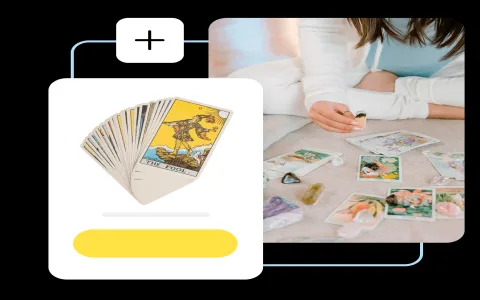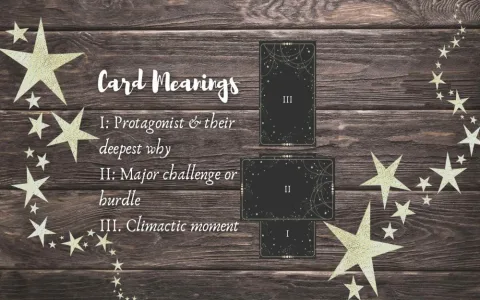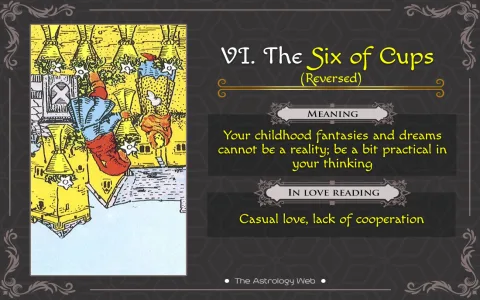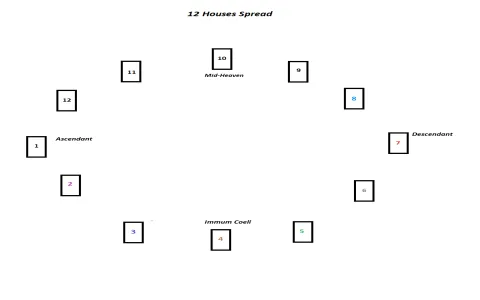The Initial Mess: Why Those Tiny Cards Looked Like Garbage
Man, when I first started messing around with the Marseille Tarot, I thought I had it handled. I knew the Majors, those big dramatic cards, no problem. You see the Tower, you know something big is blowing up. Simple enough. But then you hit the Minor Arcana—those damn pips—and everything just falls apart. It’s a mess.
I mean, look at them. They are just arrangements of symbols. You get a Two of Coins, it’s just two shiny gold things arranged geometrically. There’s no little guy juggling them, no dramatic scenery like you see in those Rider-Waite decks everyone uses. It felt like I was trying to read a deck of playing cards designed by an accountant. And my readings sucked, straight up.
I tried everything the books told me. I tried to memorize lists of keywords—the 7 of Swords is ‘gossip,’ the 4 of Wands is ‘community.’ But when the cards came up together in a spread, it was just keyword soup. I’d be talking, and the client would look at me like I was selling snake oil. I felt like a fraud. I was trying to force a narrative onto a card that was mathematically designed, not pictorially designed. It was never going to work.
I realized I had to completely dismantle how I viewed the Minors. If I kept trying to see RWS stories in a Marseille deck, I was done. I was failing people who were coming to me for real answers, and honestly, I needed this gig to actually work.
Building the Engine: Deconstructing Number and Suit
So, I threw out all the fancy books and locked myself in my dusty back room. This wasn’t just a hobby anymore; I needed cash, and my interpretations were costing me opportunities. I taped up big sheets of paper and started mapping things out. I treated the Marseille Minors not as tiny pictures, but as pure math and energy.
This is the simple method I stumbled into, the one that finally clicked for me: you stop looking at the picture and you fuse the number’s concept with the suit’s energy.
- The Numbers (The Action): I defined 1 to 10 as a clear cycle of development. 1 is pure burst energy/potential. 2 is tension/balance/polarization. 3 is creation/synthesis. 4 is stability/structure/stasis. 5 is instability/challenge/loss. 6 is adjustment/harmony. And so on, until 10, which is culmination, completion, and often burden.
- The Suits (The Focus): This part is basic, but you have to feel it deep. Swords are conflict and clarity (mental stuff). Cups are feeling and relationship (emotional stuff). Wands are action and drive (spiritual stuff). Coins are practical matters and the body (physical stuff).
Once you nail that, the reading becomes simple. You stop reciting keywords and start describing dynamics.
Take the 5 of Swords, for example. In RWS, it’s often about defeat. In Marseille? It’s the Number 5 (instability/challenge) combined with Swords (mental clarity/conflict). It’s intellectual breakdown. It’s sharp words that hurt you. It’s challenging the structure of thought itself. It’s not necessarily losing a fight; it’s being forced into a chaotic mental state.
This method forced me to use verbs instead of nouns, and that’s what changed everything in my readings. I was no longer talking about ‘loss,’ I was talking about ‘struggling to maintain balance.’
The Real Struggle and Why I Had to Master This
Why did I go this deep? Why did I spend three miserable weeks mapping out these stupid pips like I was trying to crack the Enigma code? Because I was desperate. Seriously desperate.
I had been laid off right after the company decided to outsource my entire department—no warning, just a quick email saying, “Thanks, bye.” I had some savings, but my spouse was dealing with some serious health issues at the time, and those bills piled up fast. My plan was to use my skills, reading tarot for people online, to bridge the gap until I found a new tech job. I figured I was good at the Majors, the rest would follow.
It didn’t follow. My first big reading—a complex professional query—was a total bomb. I pulled the 7 of Coins and the 8 of Wands. I mumbled something about waiting and speed. The client looked confused. Turns out, they needed to know about a delayed shipment (7 of Coins: structured slowing down/reflection) leading to financial stress (8 of Wands: action moving toward excess/burden). My interpretation was so vague it was useless. I charged them half price out of shame.
That shame turned into sheer panic when I realized I might not be able to pay the next set of medical bills. I looked at that desk full of cards and thought, if I can’t even handle ten numbers and four suits, I am utterly screwed. I wasn’t going to let a bunch of geometric arrangements cause my family real hardship.
I remember grabbing that 9 of Cups. Everyone says it’s ‘happiness.’ But using my new structure, it was Number 9 (nearing completion/fullness) plus Cups (emotion/feeling). It’s overwhelming satisfaction. It’s the point before the 10, where things are so full they might spill over. It’s not just happiness; it’s almost too much emotion. When I finally articulated that depth in a follow-up reading, the client stopped me and said, “That makes total sense. I’m feeling great, but frankly, I’m exhausted by how great I have to be.”
That moment—the moment I stopped parroting and started truly interpreting the mechanical energy of the card—is why I trust this method completely. It came out of necessity, not some book theory. It works because it forces you to feel the dynamic, not just memorize a static definition.






